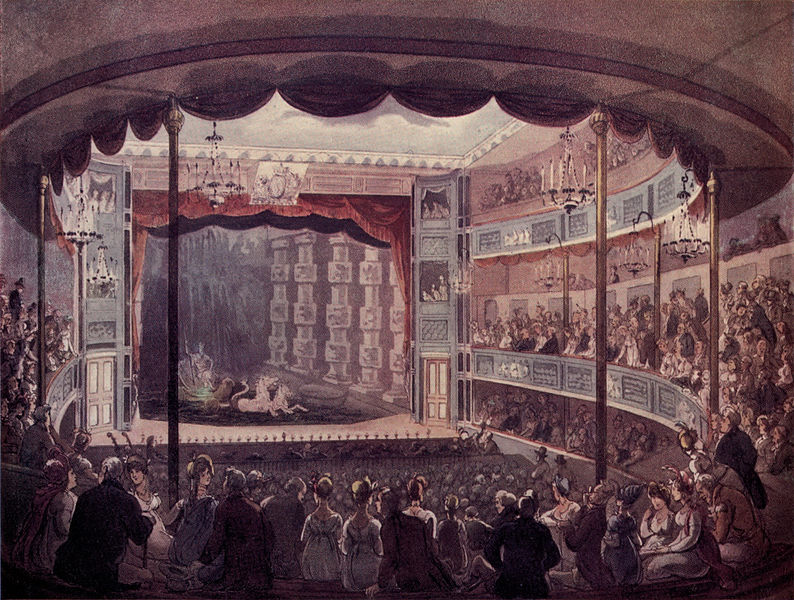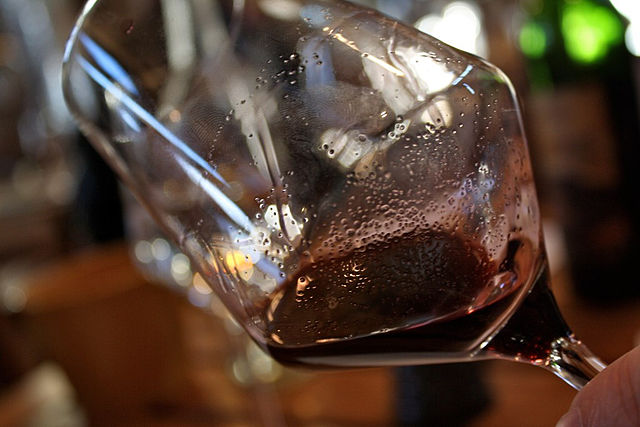Naming characters has been on my mind recently. I’ve been cleaning up and doing the first round of beta revisions on the next Lively St. Lemeston book, and I always leave a lot of names of secondary characters to be finalized at the end. I’m also planning my next project, a novella for an anthology, so I’m choosing names for my central characters.
I take names very seriously, especially for heroes and heroines. I was on a writing date with a friend, working for hours, and I think she was a little taken aback to realize I was thrilled to have finalized three names! What can I say, I’m picky about names. Plus, the heroine and her best friend in the novella are both not originally from England, which means tracking down a different set of naming resources than I usually use.
So I thought today I’d share some of my favorite naming resources, plus the fruits of my recent research.
*
Resources, England:
The Guiness Book of Names by Leslie Dunkling includes lists of the top fifty first names for girls and boys in England and Wales for 1700 and 1800. I figure names on either list are fair game.
Homes of Family Names in Great Britain by Henry Brougham Guppy (possessor of an amazing name himself), 1890, includes lists of English last names organized by county, sometimes with notes on their origin. I love this book so much I had it printed and bound at the Third Place Books espresso book machine. Did I mention organized by county?
I stole this trick from Cecilia Grant: Debrett’s Baronetage of England, 1835, is a great place to find first and last names that I can be sure are appropriate for an aristocratic character.
When I’m choosing a title rather than a last name (e.g., the Earl of Tassell), I sometimes go with a last name, and sometimes with a place name. The Guiness Book of Names, mentioned above, has a lot of great place names in it, plus building blocks for creating your own. Wikipedia also provides lists of villages in UK counties. For example:
http://en.wikipedia.org/wiki/Category:Villages_in_West_Sussex
Genealogy sites are an amazing resource, and you can often find them for other countries, too! My favorite for Regency England is this Genes Reunited database of England and Wales death records from 1837 forward. Here’s a search for the name Clementia limited to people born between 1770 and 1790. As you can see it is great at recognizing related names, too!
Resources, Not England:
The thing about naming characters from other countries and cultures is that I don’t have intuition about the name. Even when I was naming the Jewish characters in True Pretenses, I discovered that Ashkenazi Jewish surnames (very familiar to me in their modern form) were completely different during the Regency. So I only chose last names that actually appeared in my research books, and I did the same for some first names (though not all–a couple of people who are only briefly mentioned have common Yiddish or Ladino names that I just hope were in use at the time, like Faige and Speranza). Obviously that provides less options, but I really didn’t want to fuck it up.
I followed the same method for naming an Indian secondary character/future heroine in my upcoming book, although I’m still hoping to find more good online resources for this before I write her book and have to choose dozens of names.
(For a good start at understanding the complexities of naming an Indian character without accidentally mixing and matching religion, location, caste &c., check out these tips from Alisha Rai and Suleikha Snyder. You can see them walking someone through the naming process too! Of course, that’s not even getting into whether the name was used in a particular time period.)
For naming the heroine of my novella, who was born in Portugal, I started with Behind the Name’s list of Portuguese girls’ names. Once I had a shortlist of names I liked, I tested their historicity by plugging them into this FamilySearch database of Portugal Catholic baptisms 1570-1910. (Obviously this only works for Catholic names!)
The name I eventually chose: Magdalena Da Silva. She goes by Maggie.
For naming her best friend (with benefits), I found this amazing database of eighteenth century Dutch Ashkenazi Jews (organized in lists alphabetically by surname which makes it fantabulously usable for my purposes). His name: Meyer Hennipzeel. He goes by Meyer Henney in England.
*
While paging through Debrett’s for my hero (eventually named Simon Radcliffe-Gould), I discovered some marvelous things.
Debrett’s contains a list of baronet family mottoes. I haven’t had time to go through it fully but my favorite on the first page is “Agitatione purgator. Cleansed by agitation. Russell, of Middlesex.”
I found a couple of family crests worthy of Monty Python. The Acton family, of Aldenham Hall, Shropshire, are represented by “A human leg and thigh in armour, couped, and dropping blood, all proper, garnished, or.” [Image]
And the Prices of Treggwainton, Cornwall, use “On a wreath of the colours a dragon’s head vert, erased gules, holding in its mouth a sinister hand erect, couped, dropping blood from the wrist, all proper.” [Image–and look, you can buy a set of Georgian silver dessert spoons with this crest on it!]
And of course, names:
Buckworth-Herne-Soames
Dalrymple-Horn-Elphinstone
Vanden-Bempde-Johnstone
Philadelphia-Letitia Cotton
Sir Peter Parker
And my absolute favorite…
…the Page-Turners! YES. There was an actual family named the Page-Turners. I want to name my hero this so badly, I can’t even tell you. I know it would be distracting but it’s SO FUNNY. I don’t think I would ever get tired of it.

Sir Gregory Page-Turner (1748–1805). Image via Wikimedia Commons.
This guy is a babe, I have to say. I also enjoyed this tidbit about his life:
“Sir Edward Turner, 2nd Baronet had a country house, Ambrosden House, built by the architect Sanderson Miller in the 1740s. Sir Gregory never lived at Ambrosden, thought the house too big and in 1767 sought to demolish part of it to make it smaller. This proved impractical so in 1768 he had the entire house demolished.”
Do you have a favorite historical name you’d like to see in a book? How about a favorite name resource?
ETA: Joanna Bourne alerted me to this, for late 18th-century French names: The Guillotined. So cool!





